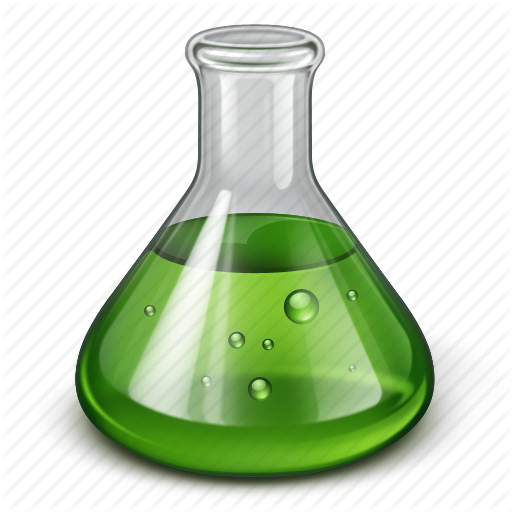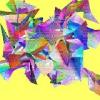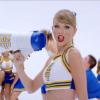Forums
-
Physics News
-

- 72
- posts
-

- 29
- posts
-

- 66
- posts
-

- Episode 26: Success in Physics Class
- By Guest PhysicsInAction,
-
-
General
-

- 835
- posts
-

- 19
- posts
-

- The photoelectric effect
- By Guest Welchbort,
-

- 10
- posts
-

- 291
- posts
-

- 599
- posts
-

- 9
- posts
-

- Eureka
- By FizziksGuy,
-

- 28
- posts
-

- 366
- posts
-

- 12
- posts
-
-
Course Meeting Rooms
-

- 234
- posts
-

- 158
- posts
-

- 3.43Q
- By FizziksGuy,
-

- 165
- posts
-




